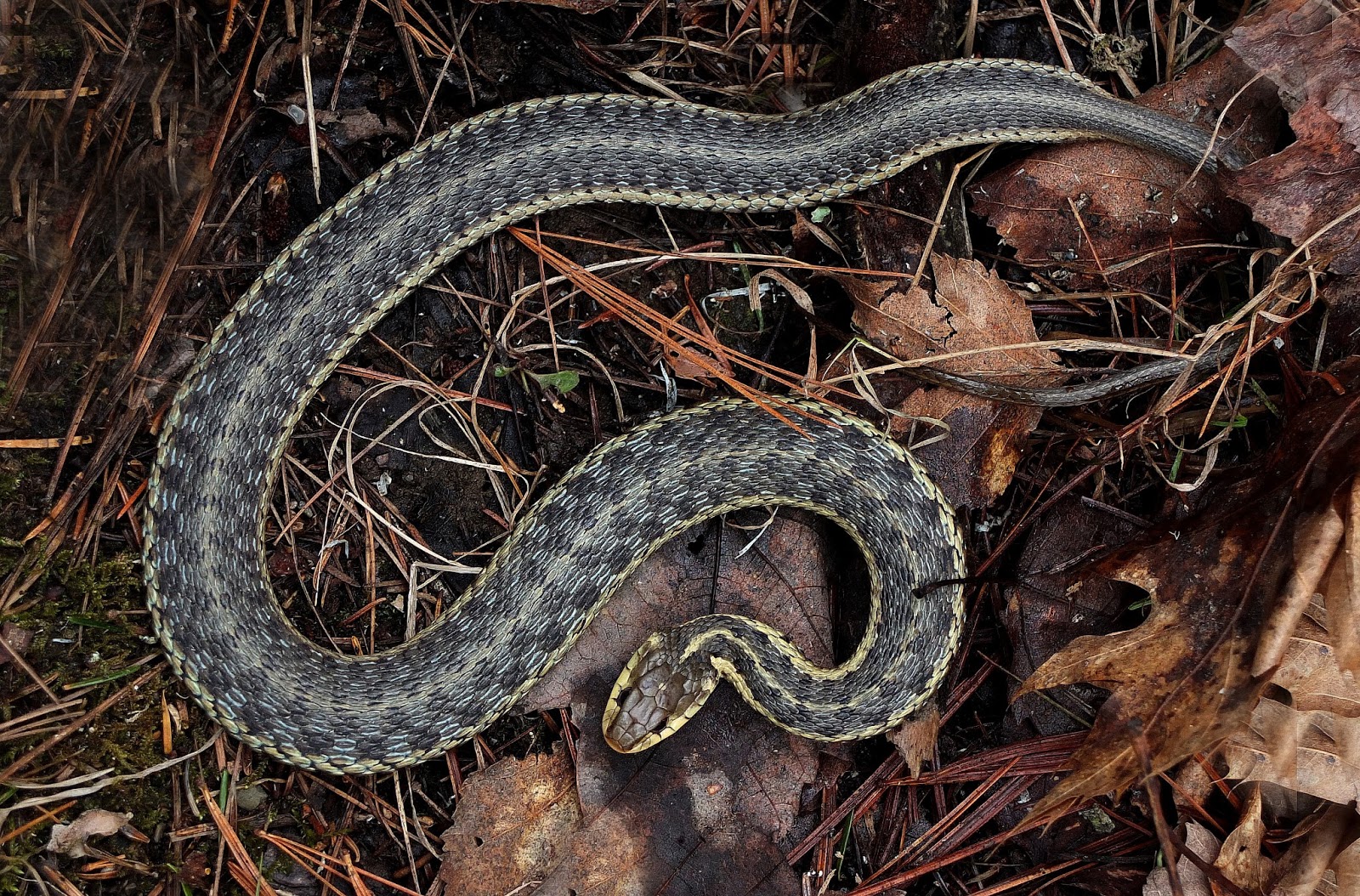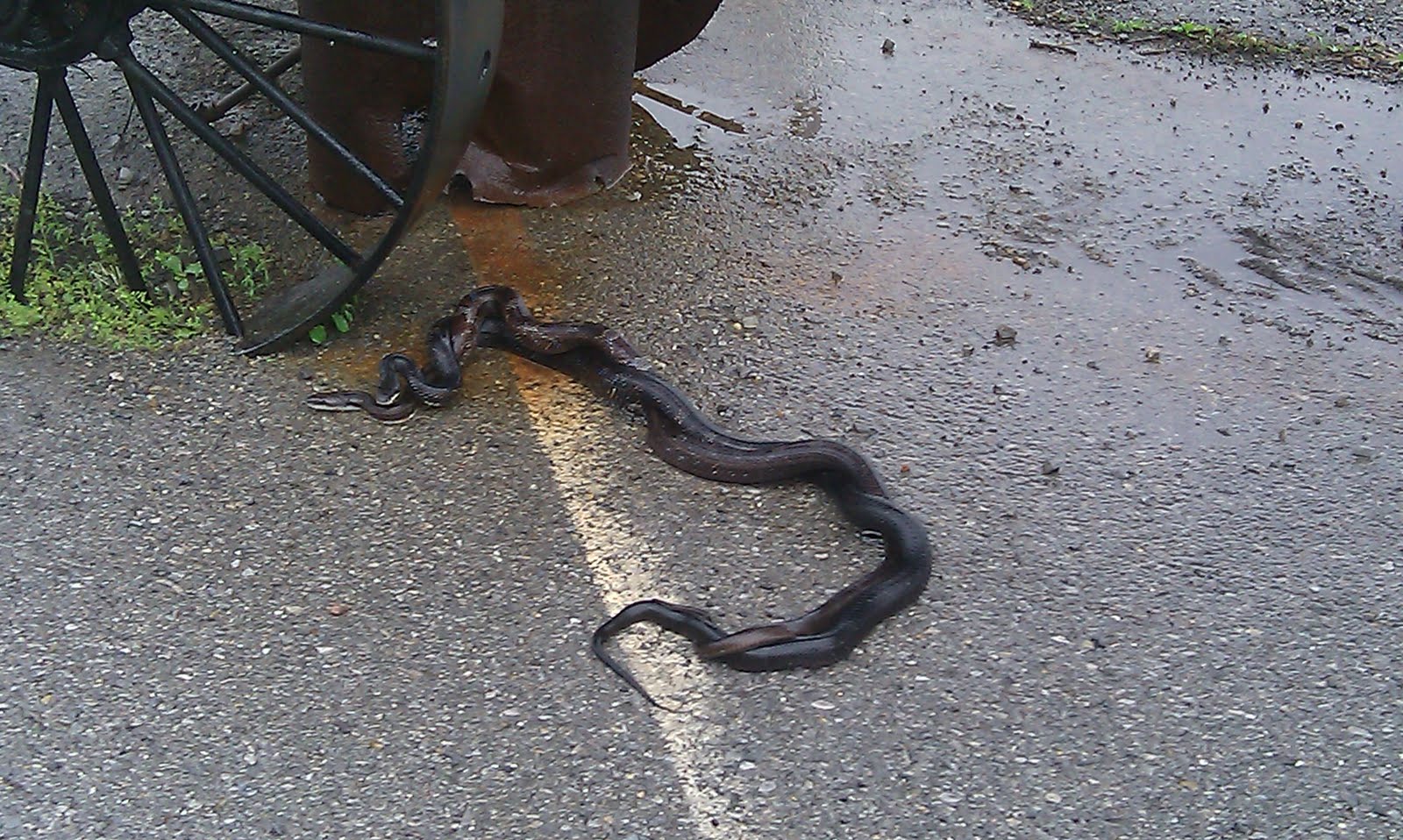

This makes them incredibly dangerous for hikers because we often don’t see them until after we’ve stepped on them and gotten bit.īut, while dangerous, copperhead venom is the least dangerous out of the four types listed here. Instead of fleeing or fighting, they tend to freeze in place when they’re threatened. Copperhead SnakesĬopperheads are probably the least aggressive snakes on this list. Each live in varying locations, so look up the ones near you before heading out on a hike. There are three subspecies of cotton mount snakes to look out for, which all have very different markings and colorings. They just like to make sure you’re aware of their danger through sight, sound, and smell.Ĭotton mouth venom can be deadly to humans, so if you are bitten you’ll need to seek treatment immediately. The vibrations somewhat sounds like a rattle, but not entirely. One is a musky odor they release, and the second is to vibrate their tails. In addition to their aggression, they have two other defensive mechanisms.

But, should they feel threatened they will stand their ground and even pursue what made them feel that way. As you can infer from their name, they’re typically found near water or aquatic environments.Įven though they are aggressive, they’re not going to attack unless they feel threatened. They are found mainly in the Southeastern United States, but can go as far north as southern Illinois or Indiana. Cottonmouth Snakes or Water MoccasinsĬottonmouth Snakes, also known as water moccasins, are likely the most aggressive snakes you’ll find in the wild. All look similar, but not identical, so look up pictures of the exact species near you before heading out. There are multiple rattlesnake subspecies found in the United States. But, it’s best to avoid a bite altogether if possible. And not every rattlesnake bite contains venom (sometimes they conserve it for future bites).

Rattlesnakes do carry venom that can severely injure you, but very rarely kill you.
Lots of snakes on trail how to#
The best approach will be to get away from it, and we describe a bit more how to do that below. And because of the fact rattlesnakes like to stay hidden just off the trail or under a rock, you probably won’t see the snake until you hear the rattle.Īn agitated rattlesnake will likely hold its ground and you aren’t going to scare it away. The defining characteristics of a rattlesnake is its rattle, which it generally won’t use unless it’s threatened. So, if you’re hiking in the United States then you’ll want to be aware of rattlesnakes. Rattlesnakes are found in 48 states in America – all of them except Alaska, Hawaii, Maine, and Delaware. Now, while rattlesnakes do live in the desert, they also live everywhere else too. When most people think of rattlesnakes, an image of a desert pops in their mind. Let’s go through each of these four types of snakes so you know where these snakes are and what to look out for while hiking. So, you’ll want to watch out for these snakes. If you’re bitten by one of these snakes then it can cause serious injury, and even death, if the bite is left untreated. However, there are four types of snakes in the United States that are venomous, and these snakes are dangerous to encounter while hiking. So, most snake bites aren’t dangerous at all. Yes, they have teeth and may bite you, but since most snakes are not venomous those bites won’t cause you any harm (outside of a little pain where the bite occurs). All links are to products I highly recommend and have verified. Let’s look into all the important facets about snakes to be aware of when hiking, and how to stay safe hiking in an area with snakes.ĭisclosure: This post contains affiliate links and I may receive commission for purchases made through links in these post. Most snakes aren’t venomous, but there are 4 types of venomous snakes to watch out for when hiking in the United States.Īlthough most of your encounters with snakes while hiking will be uneventuful, in the instance a bite occurs you’ll want to be prepared. But, sometimes snakes aren’t avoidable and if they feel threatened by you then they may bite. Snakes generally will avoid humans on hiking trails, since you generally scare them more than they scare you. Yeah, snakes are hard to see when you’re on hiking trail trail, but they’re there and if you aren’t careful to avoid a bite, they can make your hiking trip a lot less enjoyable. Its usually in that moment I realize that I just hiked right past a snake and never saw it. When I’m hiking on a trail it’s not uncommon for me to hear something slither away. Snakes on a Trail: What to Do About Snakes While Hiking


 0 kommentar(er)
0 kommentar(er)
